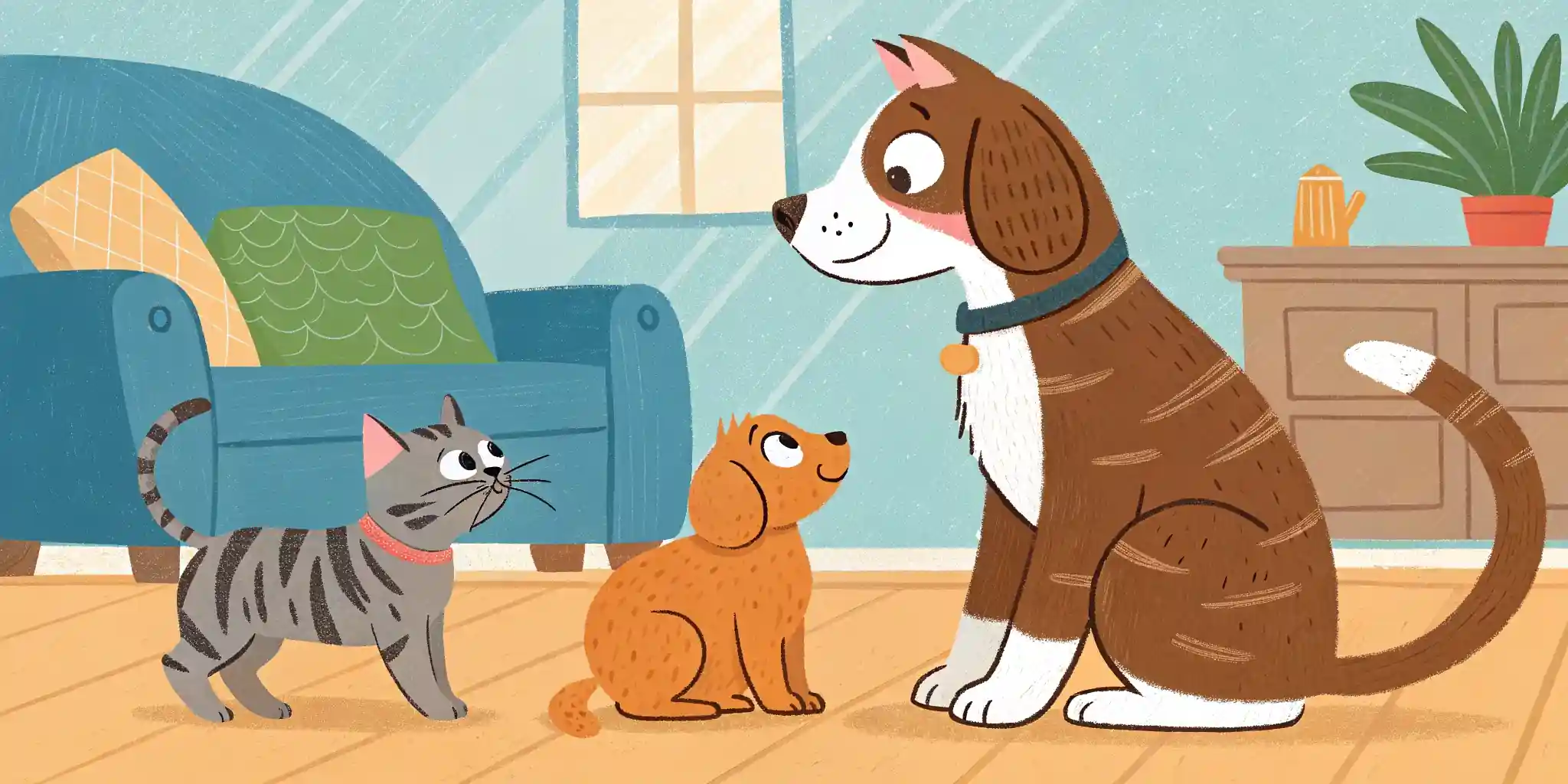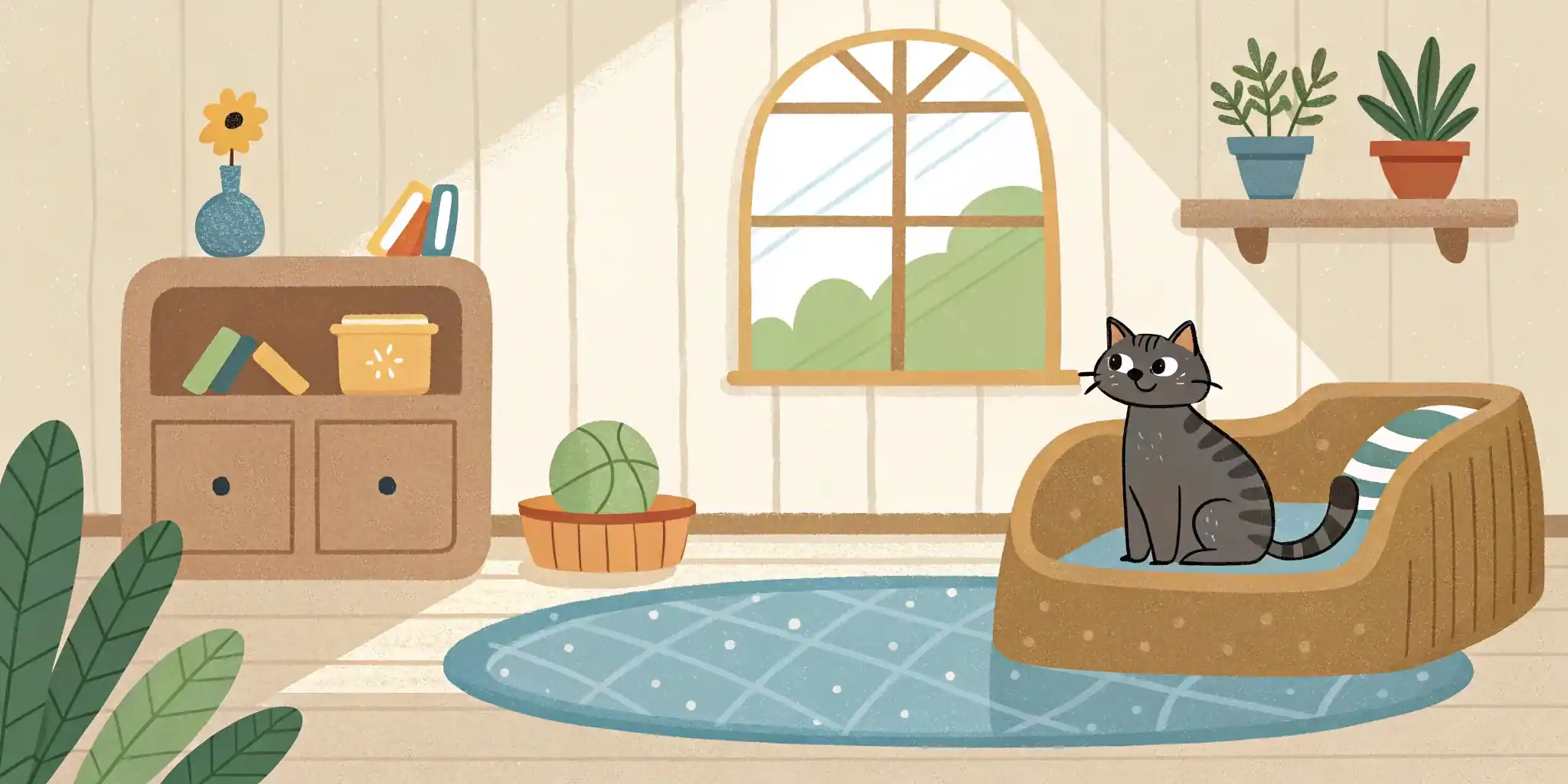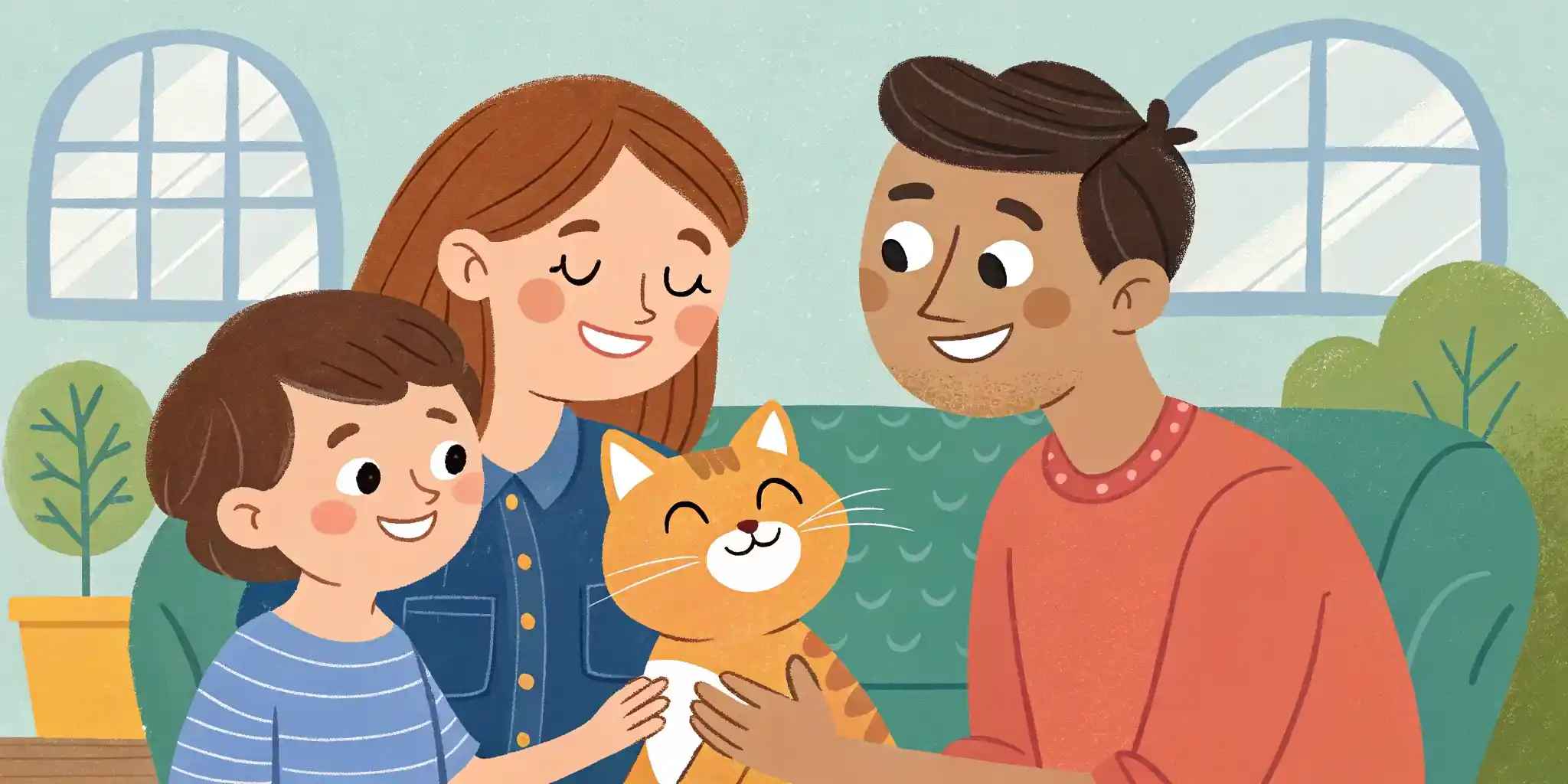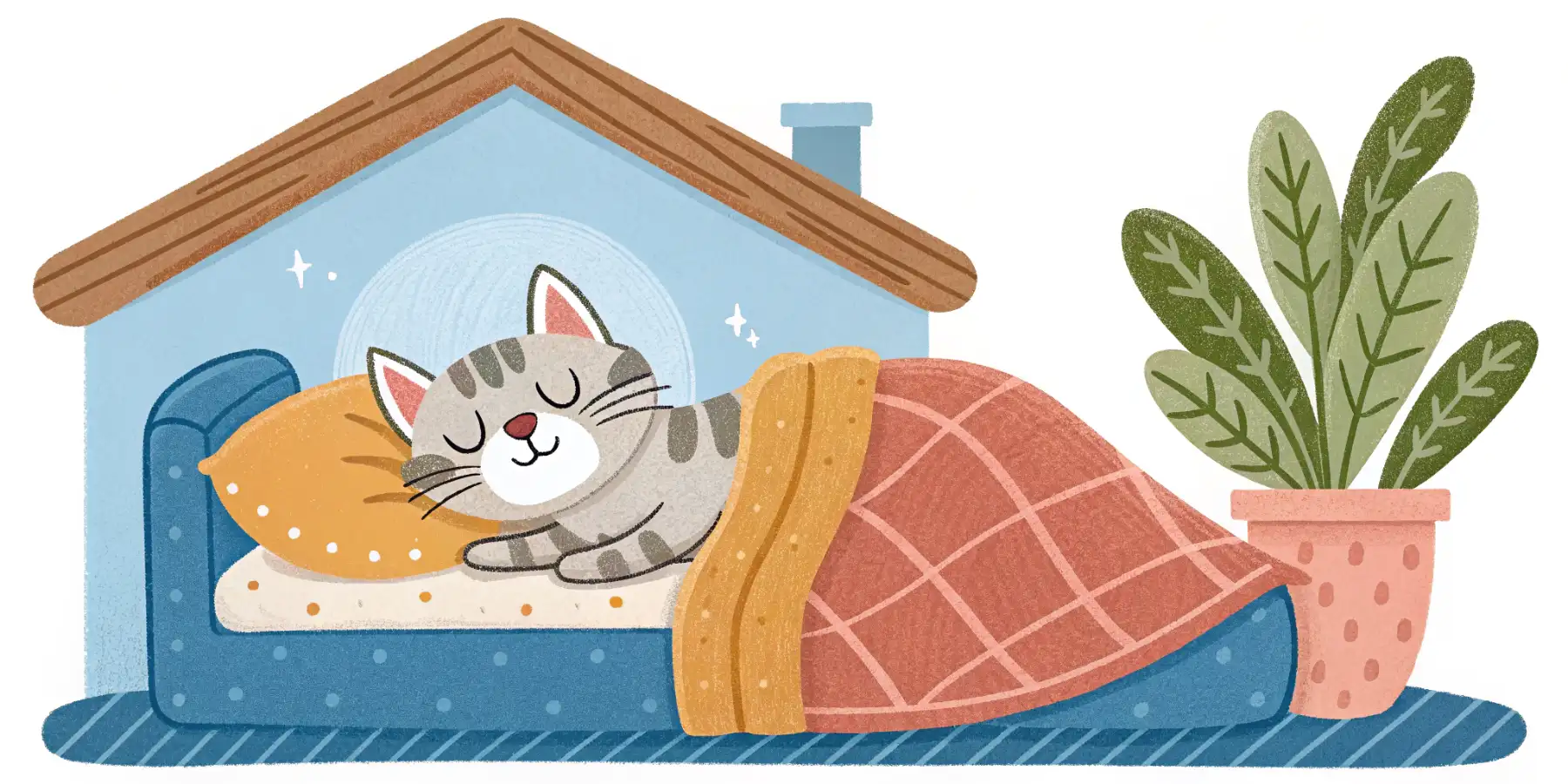
Happy Cat, Happy Home: Integrating Pets & Family
New cat jitters? Learn how to integrate your *cat* into the family & keep *pets* happy! Tips for a harmonious home inside!
Harmonious Households: Successfully Integrating Your Cat with Other Pets and Family
Bringing a new cat into your home is exciting! But ensuring a smooth transition for everyone involved, including your existing pets and family members, requires patience, understanding, and a strategic approach. It’s not just about tossing a new cat into the mix and hoping for the best. That approach often leads to stress, conflict, and unhappy pets. In my experience, slow and steady wins the race when it comes to introducing cats.
Preparing for Your New Feline Friend
Before you even bring your new cat home, preparation is key. Consider this the “pre-introduction” phase.
-
Create a Safe Haven: Designate a specific room or area solely for the new cat. This should include everything they need: food, water, a litter box, scratching post, toys, and a comfortable bed. This gives them a secure space to retreat to when they feel overwhelmed. Think of it as their decompression zone.
 Image: A well-appointed “safe haven” room with a cat bed, food/water bowls, litter box, and toys, illustrating how to prepare for a new cat’s arrival.
Image: A well-appointed “safe haven” room with a cat bed, food/water bowls, litter box, and toys, illustrating how to prepare for a new cat’s arrival. -
Scent Exchange: Before direct introductions, start by exchanging scents. Rub a towel on your resident pet(s) and then place it in the new cat’s safe haven. Do the same with a towel rubbed on the new cat, and place it near your other pets’ usual hangouts. This allows them to get used to each other’s scents without any direct interaction. This is a crucial step in reducing cat stress during introductions.
-
Pheromone Diffusers: Consider using pheromone diffusers like Feliway in areas where the pets will be interacting. These synthetic pheromones can help create a calming atmosphere and reduce anxiety. I’ve seen great results with these, especially in multi-pet households.
The Gradual Introduction Process
Once your new cat has settled into their safe haven (usually after a few days), you can begin the gradual introduction process. Remember to proceed at your pets’ pace. Don’t force anything!
-
Visual Introductions: Start with supervised visual interactions. This can be done by feeding your pets on opposite sides of a closed door. This creates a positive association with the other animal’s presence. Gradually increase the time they spend near each other, always monitoring their body language. Look for relaxed postures, soft eyes, and slow blinks. Hissing, growling, flattened ears, and dilated pupils are signs of stress and mean you need to slow down. A great long-tail keyword here is how to introduce cats through a door.
-
Short, Supervised Visits: After several successful visual introductions, allow short, supervised visits in a neutral area. Keep the new cat on a leash initially. This allows you to quickly intervene if things get tense. Offer treats and praise to both pets during these interactions to reinforce positive behavior.
-
Gradually Increase Freedom: As your pets become more comfortable with each other, gradually increase the amount of unsupervised time they spend together. Continue to monitor their interactions closely, especially during the initial stages. Ensure that your cat has places to escape if feeling overwhelmed. Cat trees and high shelves are excellent options for creating vertical territory.
 Image: Two cats interacting in a living room under the watchful eye of their owner, illustrating the importance of supervised introductions.
Image: Two cats interacting in a living room under the watchful eye of their owner, illustrating the importance of supervised introductions. -
Feeding Time Management: Separate feeding areas can minimize competition and stress. Provide each cat with their own bowl and ensure they have ample space while eating. Consider using puzzle feeders to slow down eating and provide mental stimulation. This helps to reduce potential conflicts over resources.
Integrating Cats with Dogs
Introducing a cat to a dog requires extra caution, as dogs can sometimes misinterpret a cat’s behavior as prey.
-
Leash Control: Always keep your dog on a leash during initial introductions. This allows you to maintain control and prevent them from chasing or harassing the cat.
-
Positive Reinforcement: Reward your dog for calm and gentle behavior around the cat. Use treats, praise, and positive reinforcement to create a positive association.
-
Never Leave Unsupervised: Never leave your cat and dog unsupervised until you are absolutely certain they are comfortable and safe around each other. Even then, occasional monitoring is recommended.
 Image: A cat and a dog comfortably sharing a space, demonstrating a successful integration process.
Image: A cat and a dog comfortably sharing a space, demonstrating a successful integration process. -
Teach “Leave It”: Train your dog to respond to the “leave it” command. This can be invaluable in preventing them from bothering the cat. A helpful specific long-tail keyword to research is training dog to leave cat alone.
Involving Family Members
Integrating a new cat isn’t just about the pets. It’s about the whole family!
-
Educate Children: Teach children how to interact gently and respectfully with the new cat. Supervise their interactions closely. Emphasize that the cat is not a toy and should be treated with kindness. I’ve found that teaching children about cat body language helps them understand when the cat needs space.
-
Respect Boundaries: Explain to all family members the importance of respecting the cat’s boundaries. If the cat retreats to its safe haven, leave it alone. Don’t force interactions.
Addressing Common Challenges
Even with the best preparation, challenges can arise.
-
Hissing and Growling: These are normal communication signals. It doesn’t necessarily mean the introduction is failing. Simply slow down the process and give the pets more space.
-
Fighting: If fighting occurs, separate the pets immediately and go back to the scent exchange or visual introduction stage. Seek professional help from a veterinarian or certified animal behaviorist if the fighting is severe or persistent.
-
Inappropriate Elimination: Stress can sometimes lead to cats urinating or defecating outside the litter box. Ensure the litter box is clean and accessible, and consult with your veterinarian to rule out any medical causes.
Long-Term Harmony
Creating a harmonious multi-pet household takes time and effort, but the rewards are well worth it. By following these tips and being patient and understanding, you can help your new cat integrate successfully into your home and family. Remember, every pet is an individual, so tailor your approach to their specific needs and personalities. And don’t hesitate to seek professional help if you encounter any difficulties. Ultimately, the goal is to create a loving and peaceful environment where all your pets can thrive. Getting advice on introducing a cat to a senior dog or introducing a kitten to an older cat can also provide more specific guidance.
 Image: A family smiling and petting their cat, representing a successful integration and harmonious household.
Image: A family smiling and petting their cat, representing a successful integration and harmonious household.


